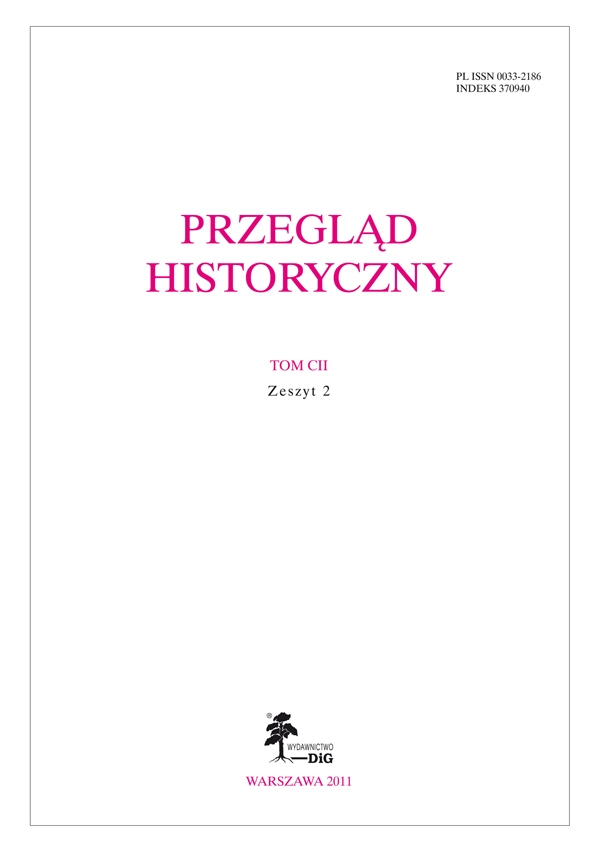Powstanie i rozwój warszawskiej szkoły matematycznej w dwudziestoleciu międzywojennym
Słowa kluczowe:
Warszawska szkoła matematycznaAbstrakt
The Origins and Development of the ‘Warsaw School of Mathematics’
During the Interwar Period
The Warsaw School of Mathematics owed its emergence to the extraordinary scientific and organizational talents of its founders: Zygmunt Janiszewski, Wacław Sierpiński and Stefan Mazurkiewicz. This group of mathematicians achieved substantial results and acquired international recognition over a relatively short period of time. The success was to a large part the effect of implementing Janiszewski’s innovative idea of creating in Warsaw the journal Fundamenta Mathematicae, which started to appear in 1920. Unfortunately, Janiszewski — the author of the idea and first editor of the journal — died even before the initial volume appeared. He was succeeded by Wacław Sierpiński and Stefan Mazurkiewicz. Under their guidance the journal scored a great success, quickly being accepted both within and outside Poland as an appropriate forum for presenting new research. Between the years 1920–1939 there appeared 32 volumes of the Fundamenta Mathematicae, with 934 articles by 212 authors, mathematicians stemming from nineteen countries. This achievement was greatly the effect of ingenuity and hard work of Wacław Sierpiński.
Among the group created by Sierpiński and Mazurkiewicz there prevailed an atmosphere of creative collaboration and friendliness. This milieu included such personalities as: Kazimierz Kuratowski, Stanisław Saks, Bronisław Knaster, Antoni Zygmund, Stefan Straszewicz, Aleksander Rajchman, Zygmunt Zalcwasser, Otto Nikodym, Kazimierz Zarankiewicz, Karol Borsuk, Edward Szpilrajn Marczewski, Alfred Tarski, Adolf Lindenbaum, Stefania Braun, Zenon Waraszkiewicz and Samuel Eilenberg. The leaders Sierpiński and Mazurkiewicz were characterized by a positive attitude towards their disciples and collaborators. Sierpiński was renowned for his kindness, which went far beyond scientific matters.
With the growing renown of the Warsaw School of Mathematics outside Poland, the level of the scientific contacts developed too. Warsaw mathematicians were invited to visit other centres for short and longer periods. They delivered whole sets of lectures, and the younger scientists were eager to take advantage of fellowships, which lasted for several months. Similarly, Warsaw was visited by numerous foreign scientists, both established professors and young fellowship–holders, who went there to get acquainted with their Polish colleagues, give lectures and participate in conferences.

